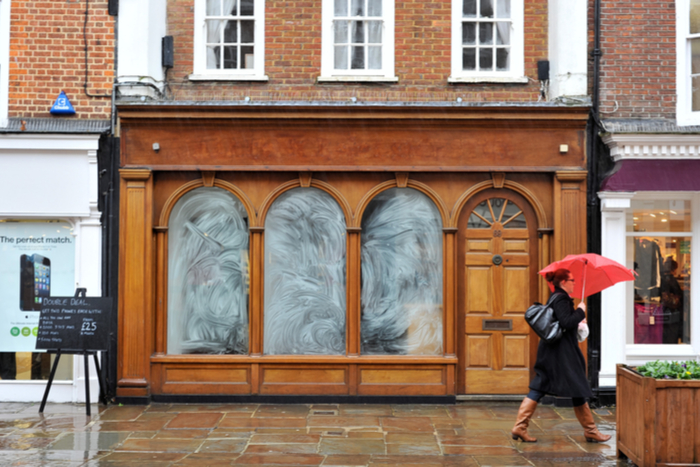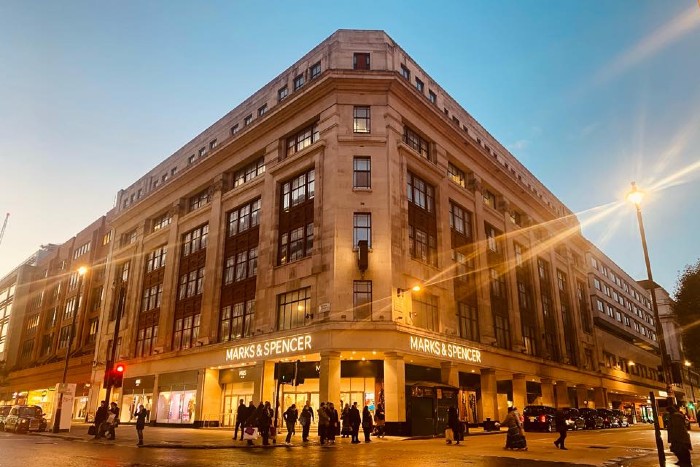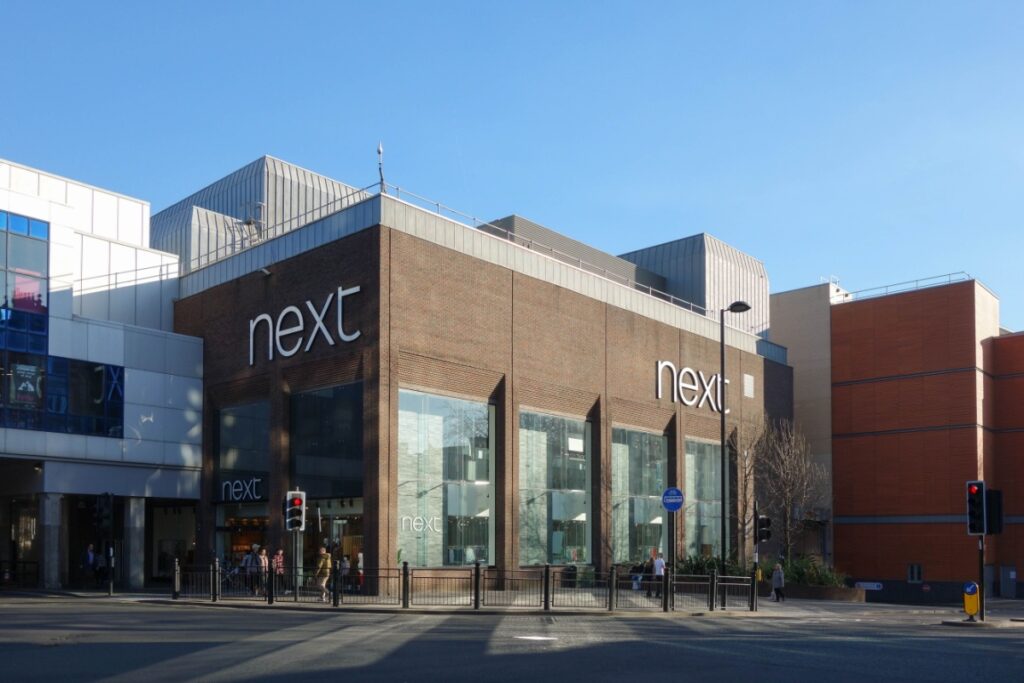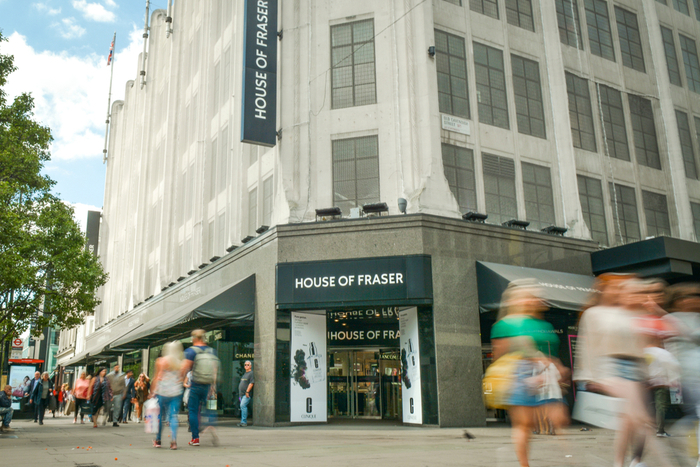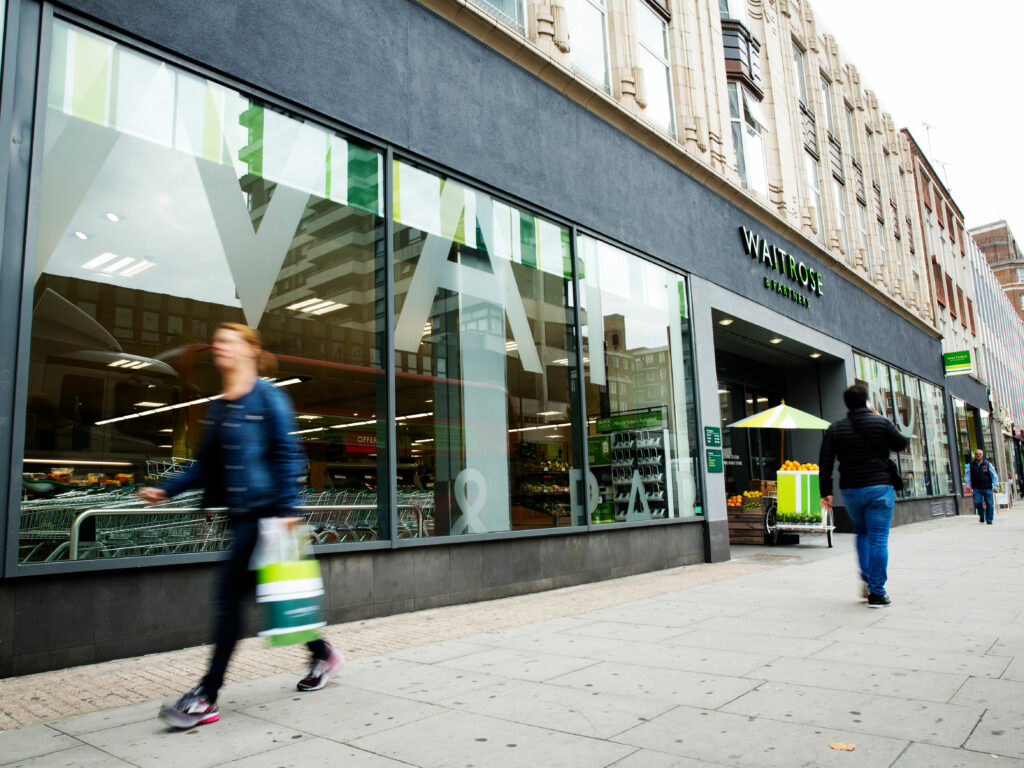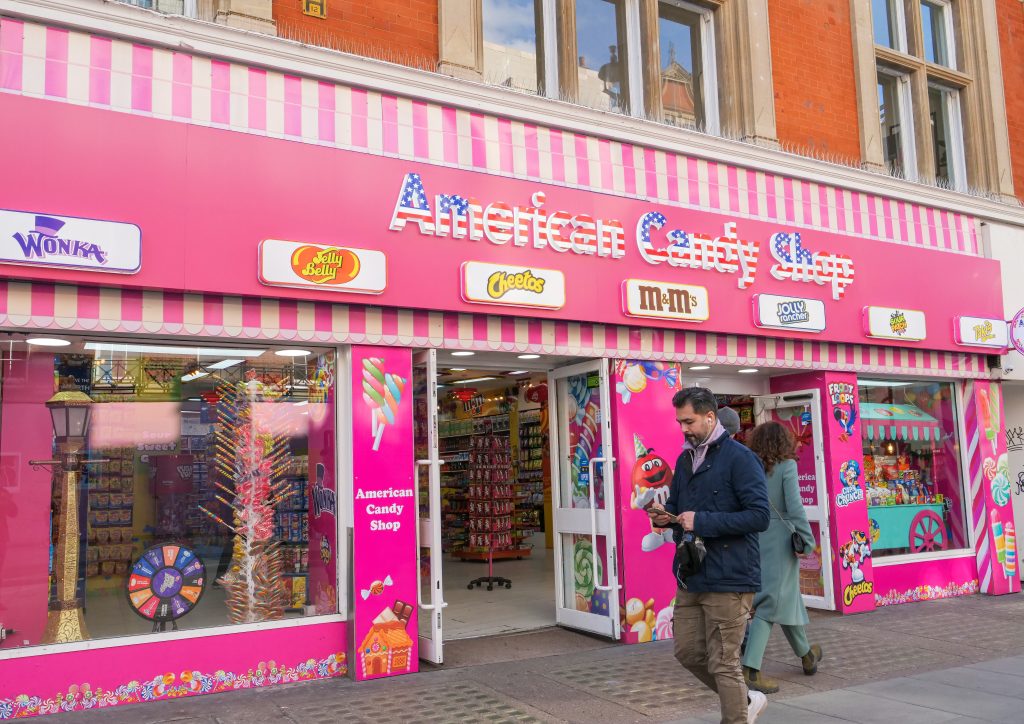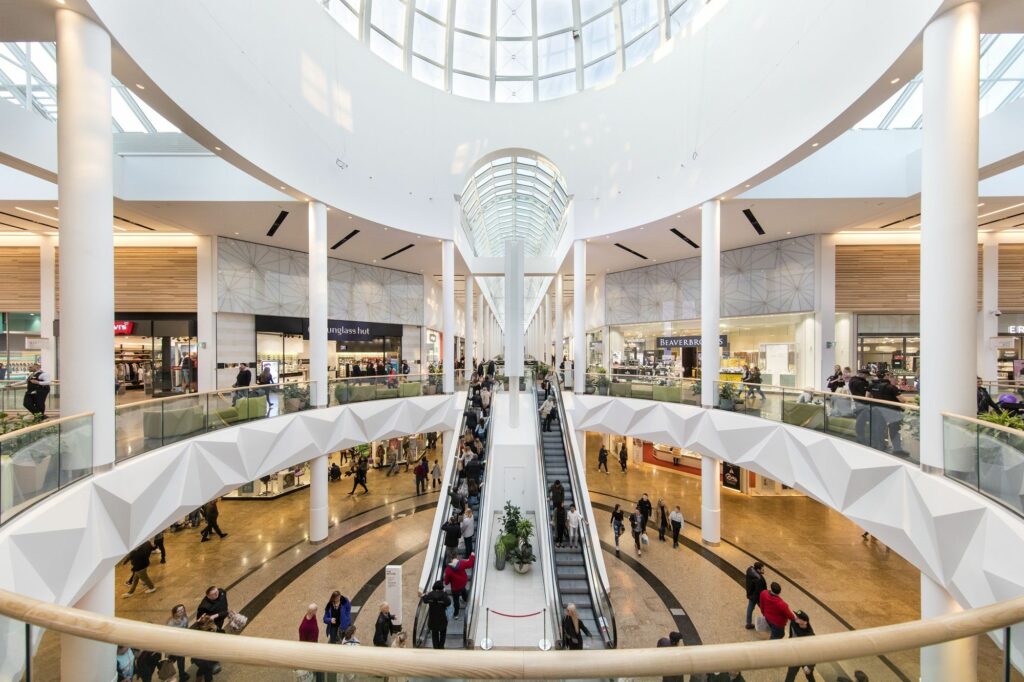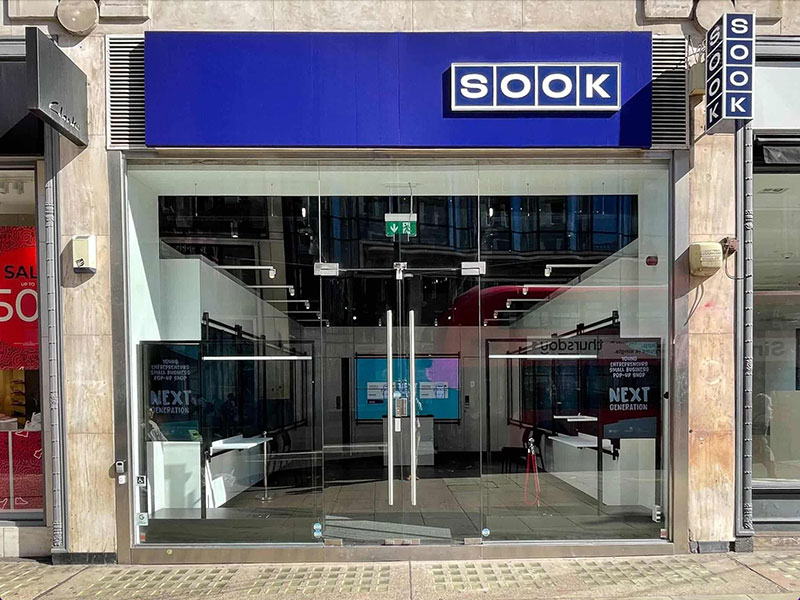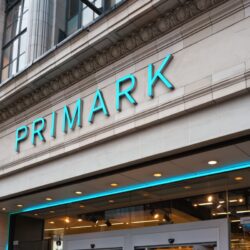// Plans to convert vacant retail properties into residential has been slammed as a “threat to the high street”, the BPF says
// The government’s consultation proposing a new Permitted Development Right (PDR) ended last week
// The PDR would enable more commercial, business premises on high streets to be converted into residential without planning permission
Government plans to convert vacant retail properties into residential has been slammed as a “threat to the high street”, a group of developers and architects.
The British Property Federation (BPF) has joined business lobby group London First in opposing the government proposals, saying the “uncontrolled conversion” of vacant shops to residential “will not save our high streets ” and “damage town centres”.
The BPF launched an appeal to urge the UK Government to recognise “the damaging impact” the plans could could have on the future of the country’s high streets.
READ MORE:
- Retail crisis deepens as shop vacancy rates jumps to 13.7%
- Landlords to pay up to £1bn in business rates on empty shops
The government’s consultation proposing a new Permitted Development Right (PDR) – to enable more commercial, business and service premises on high streets to be converted into residential without planning permission – ended last week.
The proposal has been positioned as supporting new housing delivery, and part of the solution to the challenges facing UK town centres and high streets – especially in the wake of numerous lockdowns and tiering restrictions due to the Covid pandemic.
However, the BPF said the proposal would have significant adverse consequences and exacerbate the decline of the UK’s high streets, far outweighing any positive contribution to new housing supply.
The lobby group said post-Covid high street recovery would depend on a “vibrant and carefully curated mix” of retail, residential, leisure, hospitality, education, healthcare, logistics and community facilities and services.
“Rather than encouraging careful consideration of what might be the most appropriate use for a store and its location, within the context of the entire high street, this new PDR will result in property developers prioritising residential,” the BPF stated.
“This will impede any impetus for lower value uses – such as independent retailers, crèches or community hubs – which do not offer the same swift financial returns but are vital to providing high streets with a unique identity, and more purpose and diversity.
“These elements will be required to increase footfall and dwell time in town centres when it is safe to do so post-Covid.”
The PDR was first introduced in 2013 as a temporary measure to help tackle the housing shortage by bringing derelict offices back to life as new homes.
According to government data, the quantum of PDR conversions to residential has been falling.
In 2018-19, there were 14,331 conversions and in 2019-2020 this dropped by 1486 to 10,589.
Given the peak of 17,751 conversions in 2016-2017, the BPF said the PDR has been “steadily losing momentum”.
The BPF added that the new proposed PDR policy would “undoubtedly reverse this trend”.
“Growing distrust of the property sector and the development process will make it more difficult for responsible developers to bring forward much-needed, high-quality investment that will underpin a more positive future for the high street,” the BPF stated.
As an alternative to the new PDR proposal, the BPF suggested that the government looked into how to better incentivise local authorities to adopt Local Development Orders – to enable greater flexibility on the high street, but with the local authority leading the charge for this change.
Another option would be to amend the National Planning Policy Framework to create a strong presumption in favour of different changes of use.
BPF real estate policy director Ian Fletcher said: “New residential development will play a vital role in town centre recovery post-Covid but poorly-planned PDR homes will do more harm than good.
“It’ll result in quick delivery of new homes in a piecemeal approach, without taking into consideration what the entire high street requires to successfully serve the community.
“An holistic approach to a high street’s future will ensure new homes are planned for, to ensure the right balance is achieved between residential and the other offers – whether that be shops, gyms, restaurants, nurseries, soft play for kids and sports halls – so that every business and new home support one another, to create coherent and thriving neighbourhoods.
“This new PDR will take control away from local authorities at a time when our high street’s future depends more than ever on strong local leadership and vision.”
Click here to sign up to Retail Gazette‘s free daily email newsletter

